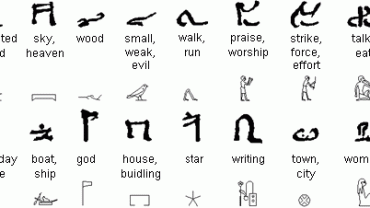History and significance of the site
Built over hundreds of years by Amenhotep III, Ramses II, Tutankhamen and other pharaohs, the Luxor Temple was the largest and most significant religious center of ancient Egypt. In what was then Thebes, the Temple of Luxor was “the site of the first occasion” where the god Amun was reborn during the annual pharaoh’s coronation ceremony. Today, the remains of this vast complex include the colossal hall of the Great Colonnade, almost 61 meters long, with 28 columns twenty-one feet high, its decoration was mainly done by Tutankhamen around 1330 BC. Many side walls of the temple were demolished after the time of the pharaohs and recycled into building materials.
Life-size statue of Queen Nefertari found
Prior to excavations in the 1960s, the sandstone temple fragments were in direct contact with salt-saturated groundwater seeping into the stone. After excavation, exposure to changes in humidity mobilized these salts and accelerated destruction. Between 2001 and 2007, the World Monuments Fund directed the Robert Wilson Preservation of Our Heritage Grant to the preservation of the Luxor Temple. More than 1,000 crumbling blocks and wall fragments with inscriptions were consolidated and processed, which stopped their destruction and allowed reconstruction to begin at an early stage.
The outer part of the eastern wall of the Hall of Colonnades was reinforced with a brick buttress hidden by sandstone slabs to blend in with the original stone of the temple. Another large group of 48 fragments, completing the image of the divine barge and the tugboats of the moon god with the head of the hawk Khonsu, was inserted into the base of this buttress in the place where it adjoins the wall. A life-size statue of Ramesses II’s main wife, Queen Nefertari, intact to the knees, has been restored, cleaned and protected. The missing parts of her legs were found, carefully returned to the statue, and also protected.
Thousands of sandstone fragments recovered from the vicinity of the Luxor temple contain carved and painted details of hieroglyphic texts and temple ritual scenes; after they were identified, documented and combined, many of them were combined and reassembled into complete wall scenes as part of the Wilson Challenge Ancient Thebes initiative. This initiative also funded the portico added to the Temple of Karnak by Thutmose III in 1400 BC. and the funerary temple of Amenhotep III in the Theban necropolis.


























Comment (0)